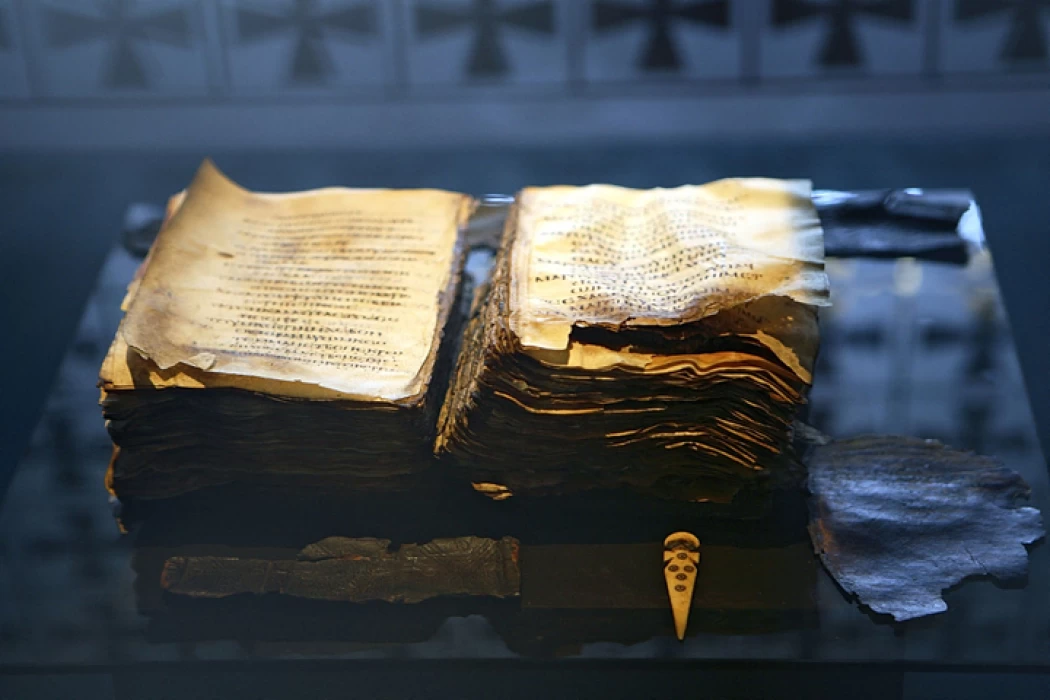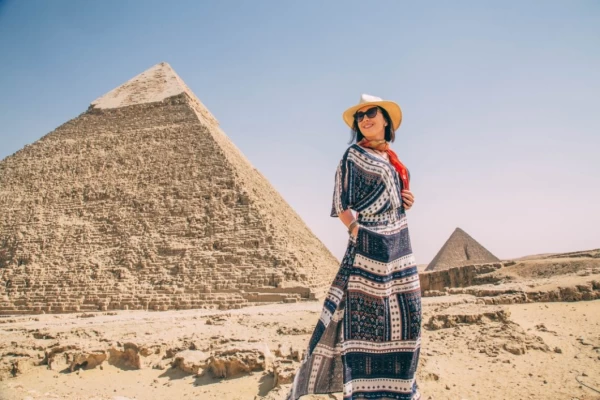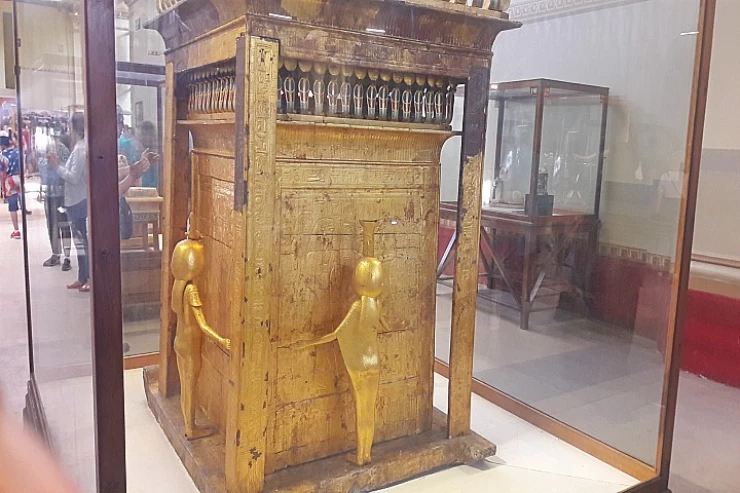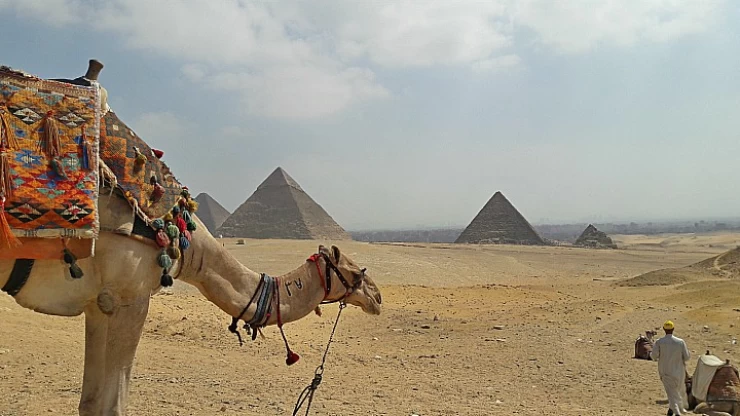
The Coptic Museum in Old Cairo
Fact About The Coptic Museum in Old Cairo
The Coptic Museum is situated in Cairo's Old District (Church) inside the bounds of the Roman fortification of Babylon, which is regarded as one of the most well-known and substantial surviving Roman monuments in Egypt. Founded in 1910 AD, the Coptic Museum is housed there. It was established in 1900 with the intention of gathering objects and records that advance the understanding of Egyptian Coptic art.
Taking into account the gardens and the castle, the museum's whole area is around 8,000 square meters.
It is the waqf land of the Coptic Orthodox Church, donated by Pope Kyrolos V. It was built in 1984 CE. It was held during the year
The museum is the largest collection of Coptic antiquities in the world. The museum has two wings connected by the corridor: the old wing built in 1910 by Marcos Simaica Pasha, and the new wing built in 1947 CE. It opened during the year
It includes a collection of the finest examples of Coptic art distributed in different parts of the museum. The Coptic Museum numbers 16,000. In keeping with museums, the vaults are presented in as scientifically ordered a manner as possible.


















